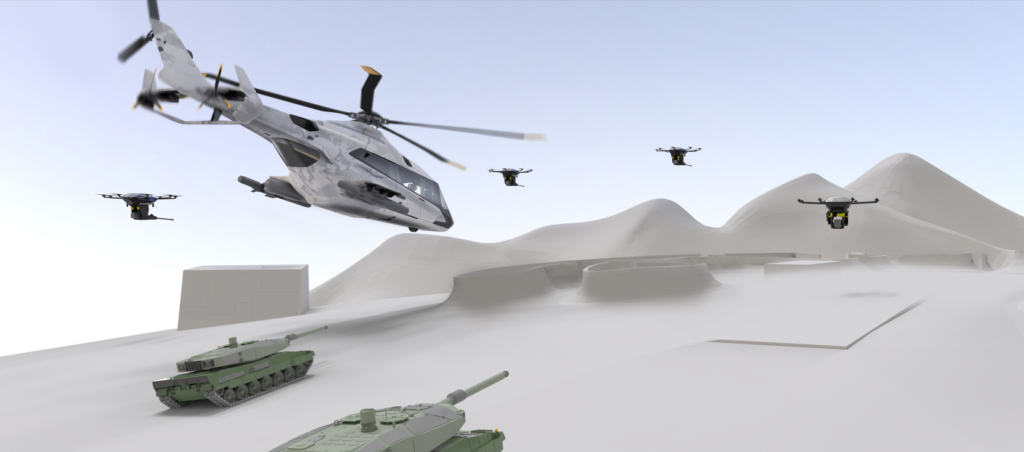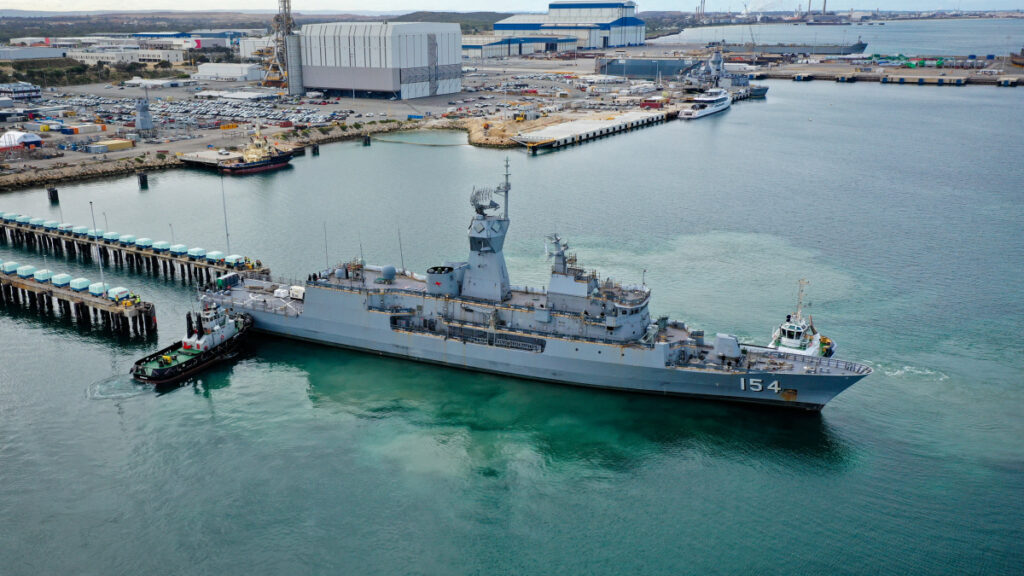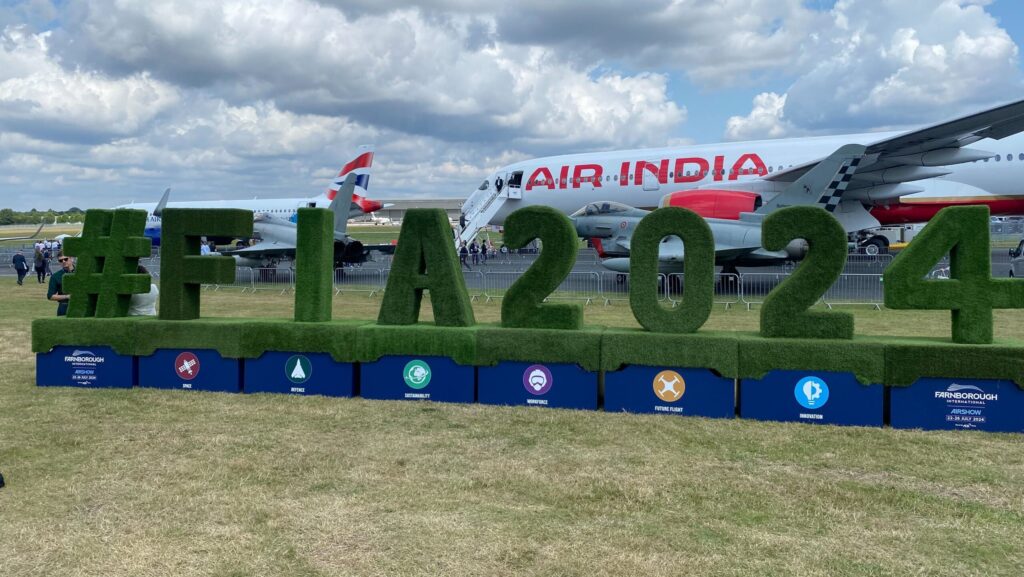Shown here is the Army’s MSV-L designed to replace the Landing Craft Mechanized-8, (LCM-8). (Vigor LLC photo)
WASHINGTON — Repairs to the US Army’s new Maneuver Support Vessel-Light (MSV-L) prototype are expected to continue throughout the calendar year and possibly into early 2025. But, once completed, the vessel is Hawaii bound for a testing series with the 8th Theater Sustainment Command, according to the two-star commanding general.
“The vessel is going to come to Hawaii and that’ll probably be … optimistically, late this year, probably most likely early next,” said Maj. Gen. Jered Helwig.
Helwig is slated to leave his current post in early July, and has been nominated to receive a third star and take over as the deputy commander for US Transportation Command. While he will be long gone from his current post when the MSV-L arrives in Hawaii, on Monday he walked Breaking Defense through the tentative test plan that will drive fleet changes.
Designed to replace the aging Landing Craft Mechanized-8 (LCM-8), the MSV-L is envisioned to operate at greater speeds and carry heavier payloads of M1 Abrams, Stryker and Bradley fighting vehicles in the Indo-Pacific region, as well as food and medical supplies. After years of working the watercraft program, the Army accepted the first MSV-L from Vigor Works on Feb. 5, and the plan was to use it in the Project Convergence capstone event that month.
But while en route to Camp Pendleton, the prototype vessel “experienced mechanical issues” and returned to a location near the company for “evaluation,” Zina Kozak-Zachary, the project manager for transportation systems within the Program Executive Office Combat Support & Combat Service Support, told Breaking Defense earlier this year.
Kozak-Zachary’s office did not immediately respond to questions about the outcome of that evaluation or the ongoing fixes, and neither did Vigor Works. But from his vantage point as the user, Helwig said he anticipates that the prototype will be back with the Army by early next year and then on to Hawaii. Once there, 8th Theater Sustainment Command soldiers will be working with the testing and acquisition communities to assess the vessel over a nine-month to one-year period.
“Everything that we can knock off that list we will do in the archipelago … because that allows us to do the tests in the environment that the vessel will operate in ultimately,” Helwig added. “It’s a great opportunity to really kind of get the vessel, then see it in the environment that, ultimately, it’ll operate in.”
The watercraft will primarily ferry back and forth between Oahu and the Big Island carrying soldiers, equipment and supplies to validate its specifications and more. It might also make its debut in a Joint Pacific Multinational Readiness Center (JPMRC) exercise in late 2025 before moving to the mainland United States’ east coast for schoolhouse training.
That core training in Hawaii, though, is expected to influence Army leadership decisions on future MSV-L configurations as the service looks for ways to pare down requirements and drive down the price point for the 13 vessel fleet.
“The first four might be the more expensive ones and the trailing nine would be a little less expensive,” Army acquisition head Doug Bush said in October 2023.
At that time, Bush disclosed that the projected MSV-L price point had ballooned but was now in a “much better place.” He did not address the new price point, but fiscal 2024 budget request documents pegged the per-vessel cost in the $31 million to $48 million neighborhood depending on the year and purchase quantity. The more recent FY25 request includes an ask of $66.5 million to buy one MSV-L. (That figure could be the reduced price point Bush alluded to, though higher than what the service predicted the year before.)
Boats, Boats, Boats
As the Army eyes the return of its MSV-L prototype and possible new requirements for a heavy version too, Helwig and his team are continuing to look at new and modified ways to support the force in the Indo-Pacific region.
For example, his command is assigned four of the larger Logistic Support Vessels (LSVs) but one of those watercrafts was reassigned to the new 5th Composite Watercraft Company in Japan. To offset that loss, the 8th Theater Sustainment Command is now leasing a US-flagged commercial vessel that is roughly the same size as an LSV.
The Army is already using that watercraft to help sort through leasing options and operation concepts, even as the company works on getting the newly installed landing ramp up and running to help offload equipment. Helwig said the Army is using this model for now to explore the pros and cons of such a setup.
“Do these vessels have the capability to tie down our equipment? How do we work communicating with commercial and military vessels together? Are we in sync?” he asked.
“In terms of ports, and authorities to get into different places, what are the requirements that those vessels would have? Are they the same or different from what we have on our military side,” Helwig added.
In addition to work on new crewed vessels, Army is interested in a host of manned and unmanned teaming options including in the maritime arena. One influencer is the Marine Corps work with its new Autonomous Low-Profile Vessel concept. One of those vessels is expected to participate in the upcoming Valiant Shield 2024, and Helwig said his team is eager to see how it performs.
“We’re very interested in … partnering and learning how theirs operates. Then … through that requirements process broadcasting that we think that it is an important part of any kind of future set,” he added.



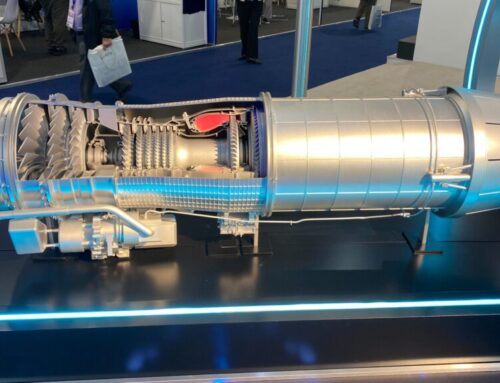
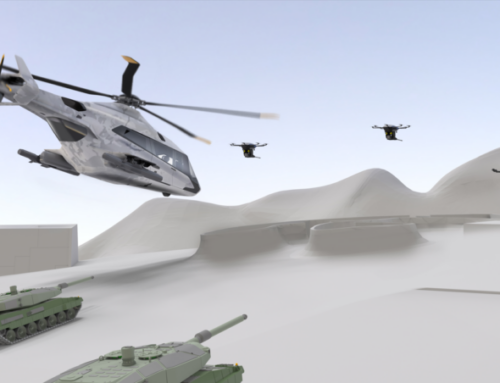
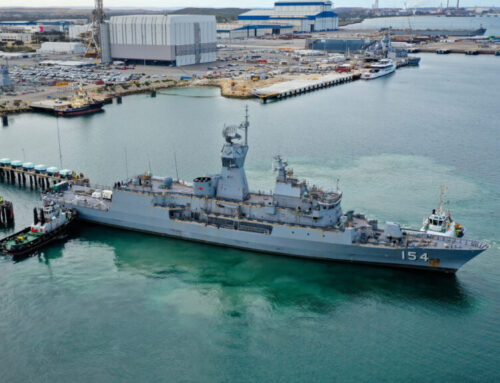
![The sights from the 2024 Farnborough Airshow [PHOTOS]](https://centurionpartnersgroup.com/wp-content/uploads/2024/07/IMG_8722-scaled-e1721930652747-1024x577-hZjwVb-500x383.jpeg)

